Eight Areas of Financial MAT Growth Risk
The Schools White Paper has confirmed the direction that by 2030 all children will benefit from being taught in a family of schools, with their school in a strong multi-academy trust (MAT) or with plans to join or form one.
“We expect that most trusts will be on a trajectory to either serve a minimum of 7,500 pupils or run at least 10 schools”, the paper says. It also identifies the requirement for strong and effective financial management, prioritising the use of resources to deliver the best educational experience for children.
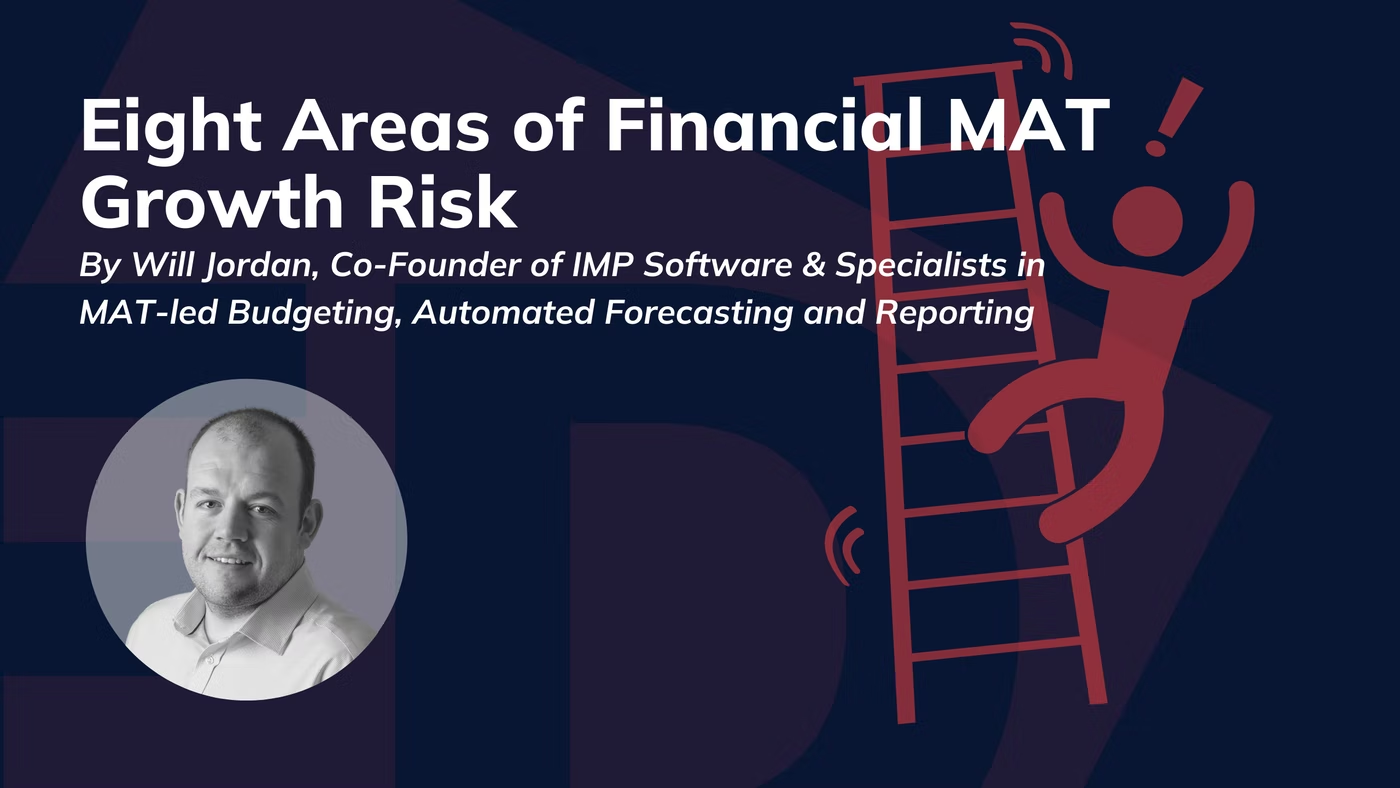
Growth presents a challenge for Trusts and, from reviewing, standardising and implementing over 160 MAT budgets ourselves, we have found a string of common issues come up time and again. Budgeting in schools is extremely difficult: there are many unknowns, along with so many assumptions and complex calculations that go into setting a budget, many of which are changing all the time. Guidance is also a challenge for the sector as it can be inconsistent and open the door for different ways to interpret the guidance, which might also depend on other assumptions used. With all of these moving parts inherent within school/academy finance, it is just a matter of fact that even with deep due diligence, forecasts and budgets can significantly change through the onboarding process.
Whilst there are a range of areas to look at, we see eight main risk areas where MATs can focus their due diligence planning or onboarding processes to try to minimise the risk and the associated impact these issues can have on the Trust.

This is always the biggest challenge. If a MAT has a manual on how finance is done in their organisation, there might be 15 pages of processes but typically nothing around onboarding people: how do we integrate, why do we do it, what are the benefits etc. It is always focused on mechanical pieces and people can be forgotten. However, being able to onboard people and bring them along with the process is fundamental. That starts way before we get into the nuts and bolts around staff modelling. Getting people to come with you – engaging with them at the start – will make life so much easier and help to get the most out of your new team.
If there is a culture of agency supply, lots of casual staff or lots of overtime claims, it might be these costs are not as well accounted for in the budget and can mount up quickly, particularly in recent times. Most schools/Trusts will have a good understanding of salaried costs (pay scales, hours etc), but understanding those non-core staff costs that can escalate is something they need to get a handle of. That can be the difference between meeting a budget and not. This is where we see the biggest creepage in the ultimate budget versus actual review.
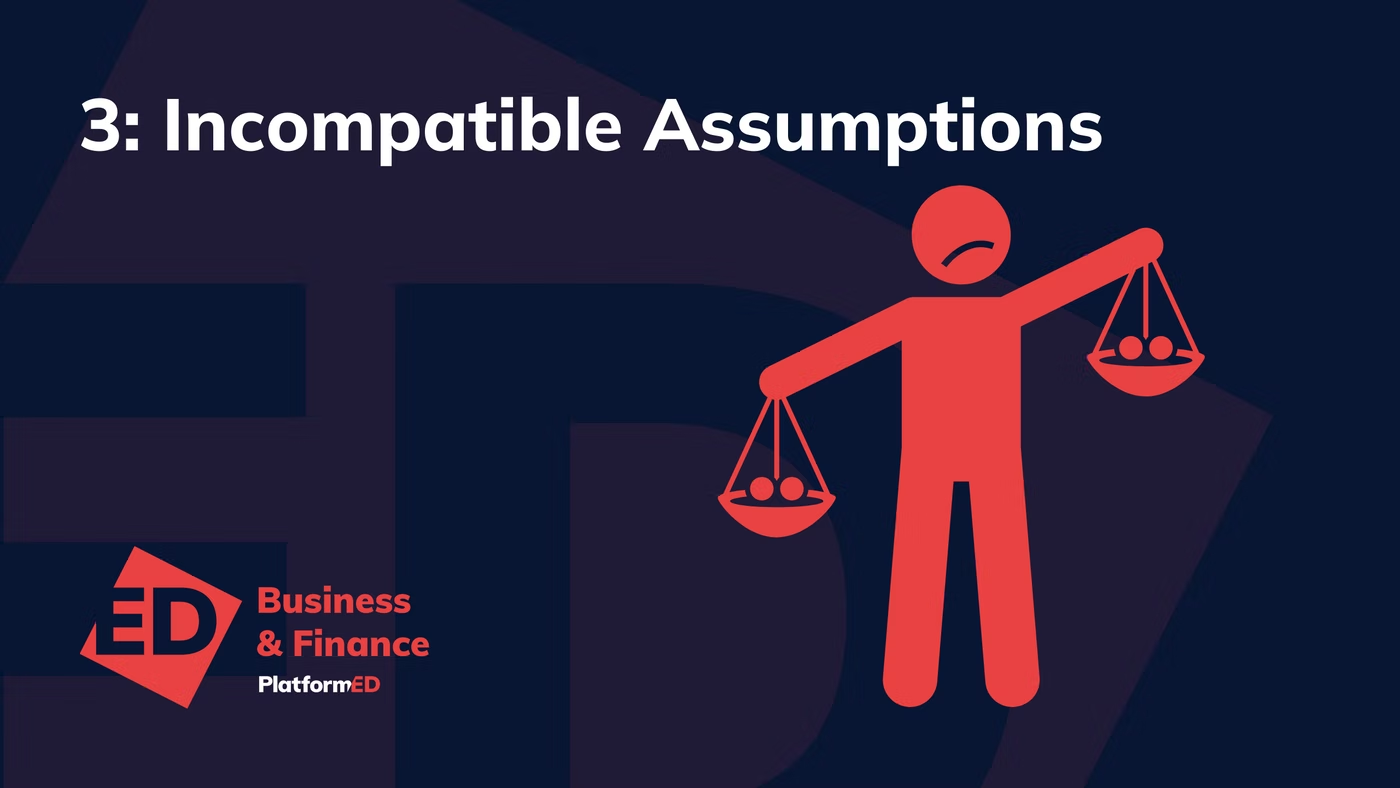
Given there are hundreds of calculations within budgets, having assumptions that are incompatible is a big risk. On teachers’ pay, a school may have made a completely different assumption to you, and with one per cent of teaching costs being a big number, understanding the assumption is significant. It is the same with pensions, pupil premium, free school meals, risk protection arrangement, top slice and national funding formula; there are some big assumptions that MATs are making and there is a probability that assumptions will vary. Differences are fine, but when you join together you have got to dig down on assumptions. If possible, align their assumptions with yours so that onboarding and due diligence can be completed from a consistent starting point.

This is primarily a calculation risk. Whilst we have made some assumptions, for example around teachers’ pay, has that assumption been accurately implemented? There is a whole other risk that regardless of what that assumption is, does the written assumption translate in the numbers? We see this happen a lot. You need to check the in-theory assumption, and ratify that they are also embedded in the numbers.
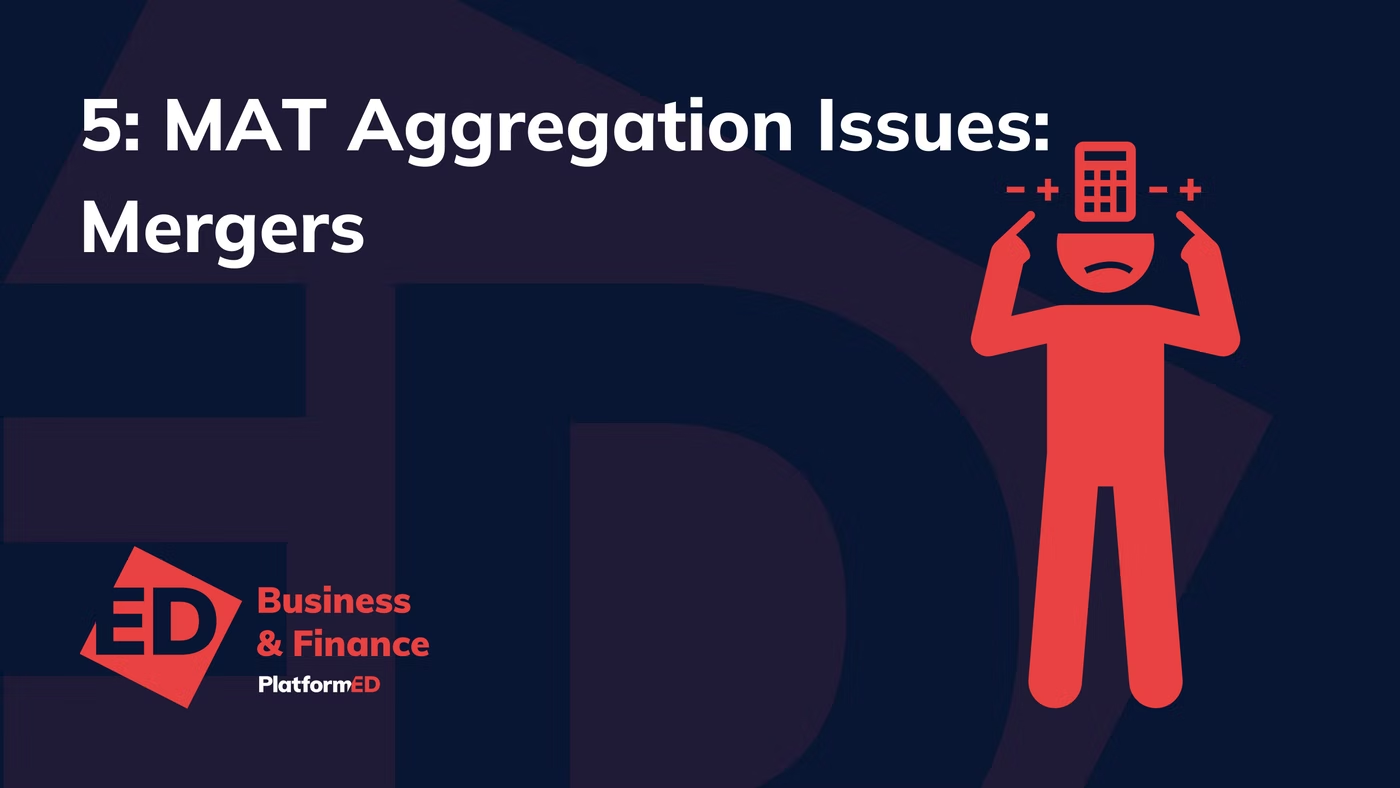
When a Trust is joining another Trust, the aggregation at Trust level is a potential problem area. Some MATs top slice, for example, so they reallocate money between schools and the centre. Others recharge areas such as central finance, estates or school improvement to schools. Hopefully these all balance out to a nil effect overall, but given MAT systems can be challenging if you are having to do this with a system designed for schools, with no MAT oversight/control, the only way to put these in is to go in and out of schools and Trust data. As you are not tying them together, there is a big risk that things which exist within MATs do not net off and are one-sided or double-counted. If you are merging with another Trust, think what MAT reallocations you have in your numbers, review them for accuracy/completeness and then repeat this process for the other Trust.
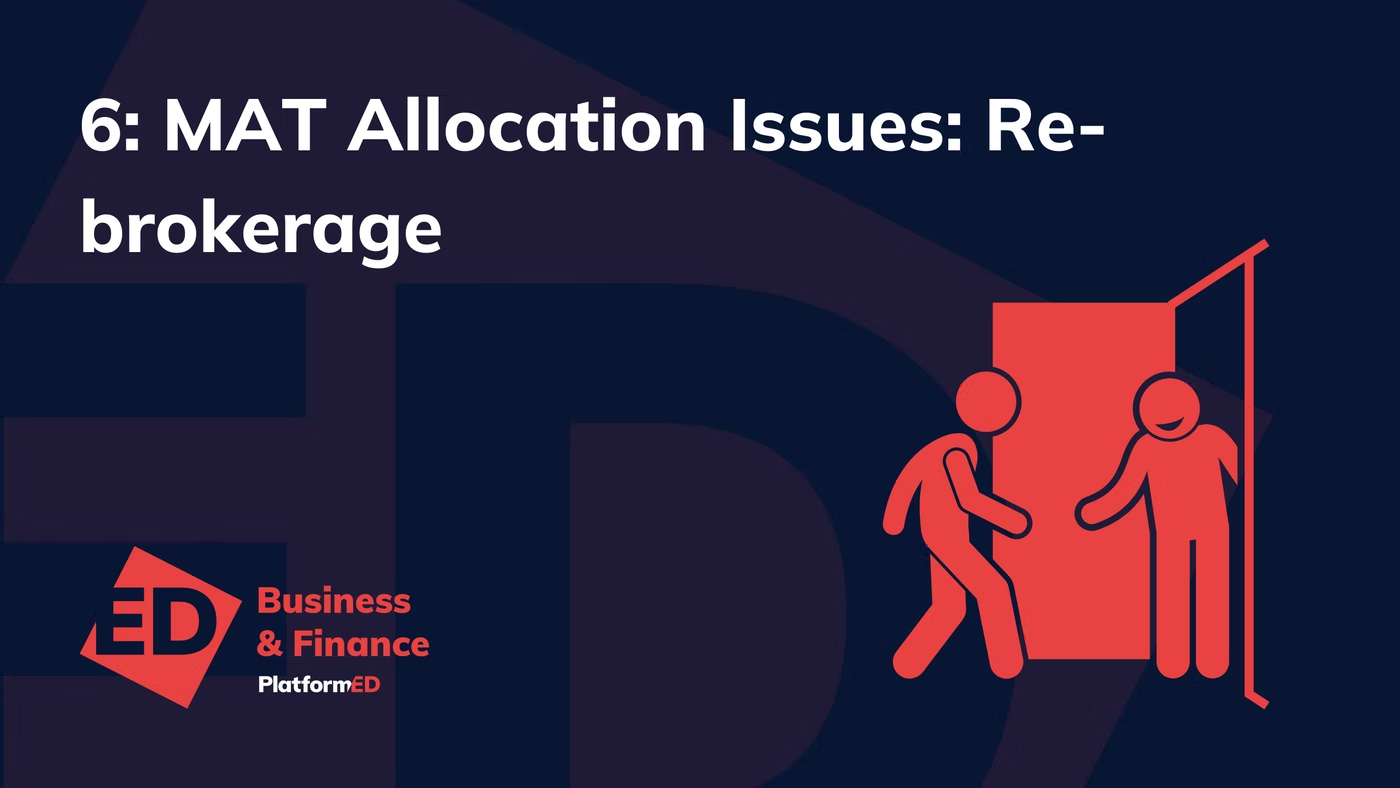
Re-brokering a school, or even bringing in a school that might be a maintained school, you have to consider what costs have been absorbed by that school previously being in a MAT or local authority that now is not going to be the case. What did that entail? Also vice-versa: what costs are going to be in their numbers that were related to central costs that are now not going to be the case? Whilst the Nolan principles are generally well understood and adhered to within the sector, there can be an incentive for the Trust/local authority that the school is getting re-brokered from, to tip the balance in their favour in what these reallocations look like. If you can prudently get some costs into the school that is leaving, or minimise the reserves being transferred to the new Trust, this is not untoward, it is just reality; so is something to ensure that you are looking out for in your review.

This is where we see big swings or big cash problems crop up in onboarding. Many times it is down to capital programmes, whether that is around the phasing of spend, the phasing of income or retention payments catching people out. If there have been capital programmes, or there are going to be capital programmes in the future, that is a huge area that you have got to put a lot of work around, to give you comfort around the position of the capital programme matching up with expectations. With capital, the chances of problems are relatively low but the impact can be significant, so should warrant sufficient attention on this basis.
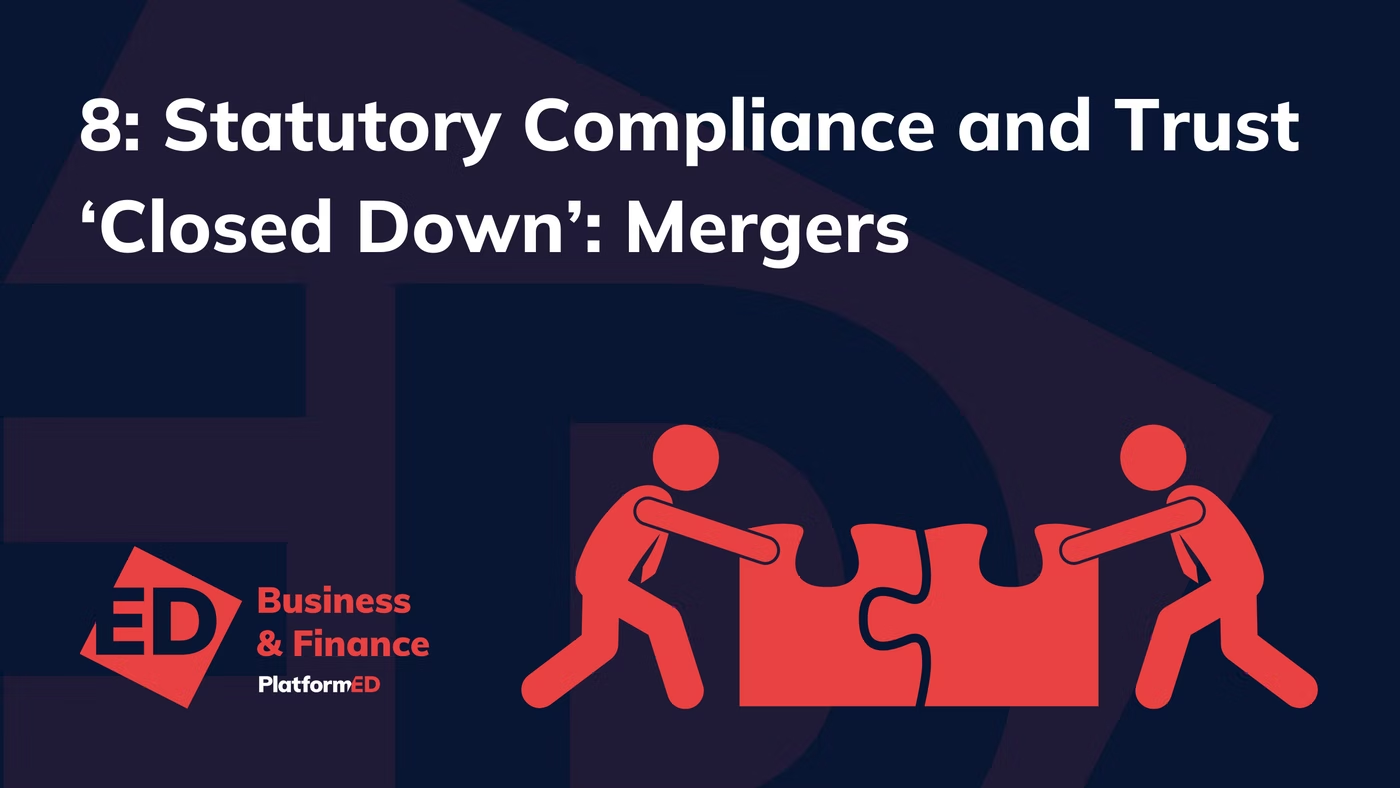
If you are thinking about merging, or you have got a MAT joining you, you are probably going to be responsible for the close down of that Trust. Therefore you need to think about VAT, PAYE and corporation tax as any of those legacy issues could fall at your door. With a merger you will need to do a year-end audit of the Trust that is being closed down so ensure there are sufficient resources available to achieve this, which can be challenging, particularly when this is often performed at the same time as the main Trust audit.
The fact is you cannot get rid of risk. Risk is there, but should be minimised. This blog is intended to help design the blueprint around identifying the biggest risks that may come up, and get schools on board in a place where you have greater confidence in their financial direction, understand their current position, and are getting to understand that position as quickly as possible. Ultimately risk can increase when you do not have understanding for a long period of time – and things are going wrong in the interim – so the goal is minimising that risk, reducing the timeframe, and getting to that position of comfort and confidence as we go.
Gain more insight from Will and his team of experts at IMP Software by heading over to their blog.

%20(1).png)

